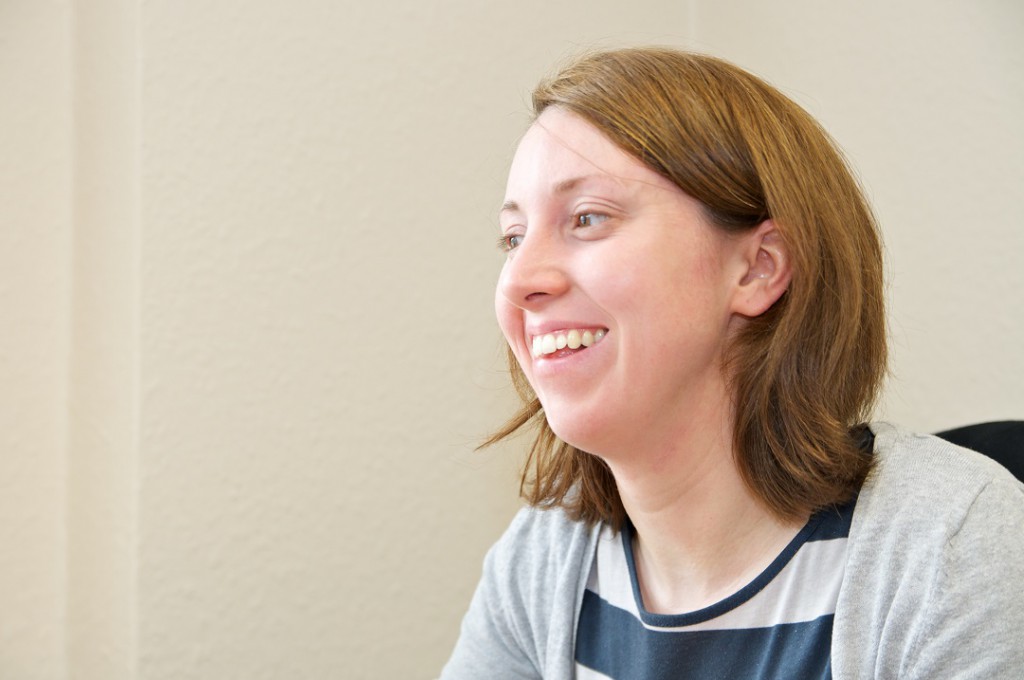The very first live job I was assigned here at LK Translations, back in September 2006, is still burned on my memory: it was an article all about stainless steel grades and, as a newbie to the profession, it was tough. With the support of my excellent colleagues and training, however, I got through it – and now, some ten years down the line (the equivalent of over six million words!), I’m far less daunted by the technical subjects that come up in the texts we work on. Much has changed over that time, but in our line of work, there will always be some constants too.
Translation technology has been a constant feature of my time as a translator, although some of its capabilities today would have been simply wishful thinking back in 2006. Our office has gone from using one or two CAT tools to having the ability to handle more than four, all with different benefits and applications – and with files becoming more stable by the day, there is no longer so much of a fear that a heavily tagged text or an unusual format will create problematic projects. Gluing files together, WYSIWYG functions, wide-angle monitors and software-based dictionaries are all things I now use without a second thought, but in some cases they would have been a sheer luxury when I first started. Most especially, the translator’s toolkit online has come on in leaps and bounds: Internet dictionaries now recognise words as you type them into search boxes, we have seen the advent of tools like Linguee, the options for Google searches have grown extensively – and possibly best of all, browsers now have tabs!
Outside the translation process itself, I have also found it fascinating to watch the trends that have emerged in the industries in which we operate: as a technical and commercial translation company, the texts we translate mean we are some of the first to find out the very latest news in subjects like automation and electronics. Ten years ago, control panels had physical buttons – now, they are much more likely to be operated using touchscreens. And I was already five years into my job before the latest trend in industrial engineering – Industry 4.0 – started becoming a common feature of texts. Our own in-house technology has grown too. From a simple system of managing reference materials on an individual basis, we have since moved to a shared reference database which every member of the team can access at any time in the knowledge that it will always be up to date – and which provides a useful and secure area for sharing information (much more quickly than in 2006 thanks to today’s broadband speeds!). Much of this has been possible through our hard work to gain ISO 17100:2015 certification, another huge difference compared to a decade ago.
Of course, the nature of our industry means that some things have never changed. There are still plenty of urgent deadlines to deal with every day, and the many factors that have to be considered during a translation (reference material, glossaries, customer instructions and so on) remain largely the same. Additionally, I am still working with many of the same customers – and in some cases, even the same project managers – I encountered during my first week on the job.
Finally, what has never changed is how fortunate I feel to have worked with so many fantastic colleagues over the years. In a decade we have moved gradually from four team members to nine, with some fluctuations in between – not a meteoric rise, but testament to our careful selection process when we recruit. We all share the same desire to deliver high quality to our customers, and while some of our team activities have become more formalised and regular – like our weekly meetings and quarterly team days – we are still sharing our ideas about translations, asking each other questions and giving each other feedback in the same constructive way we have done for years. Most of all, I hope that aspect is what continues for many years to come.

